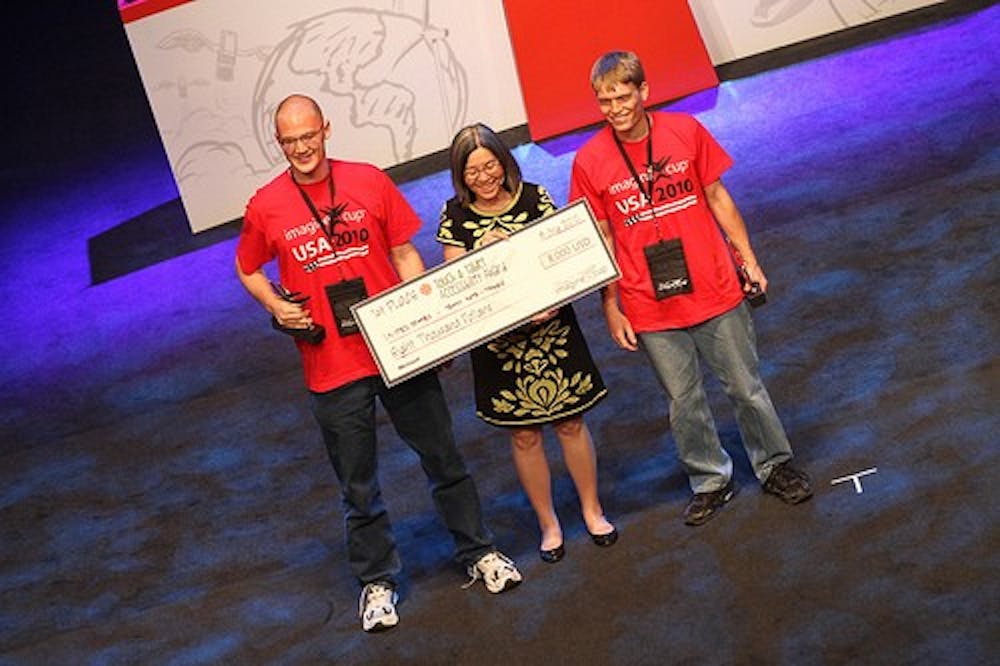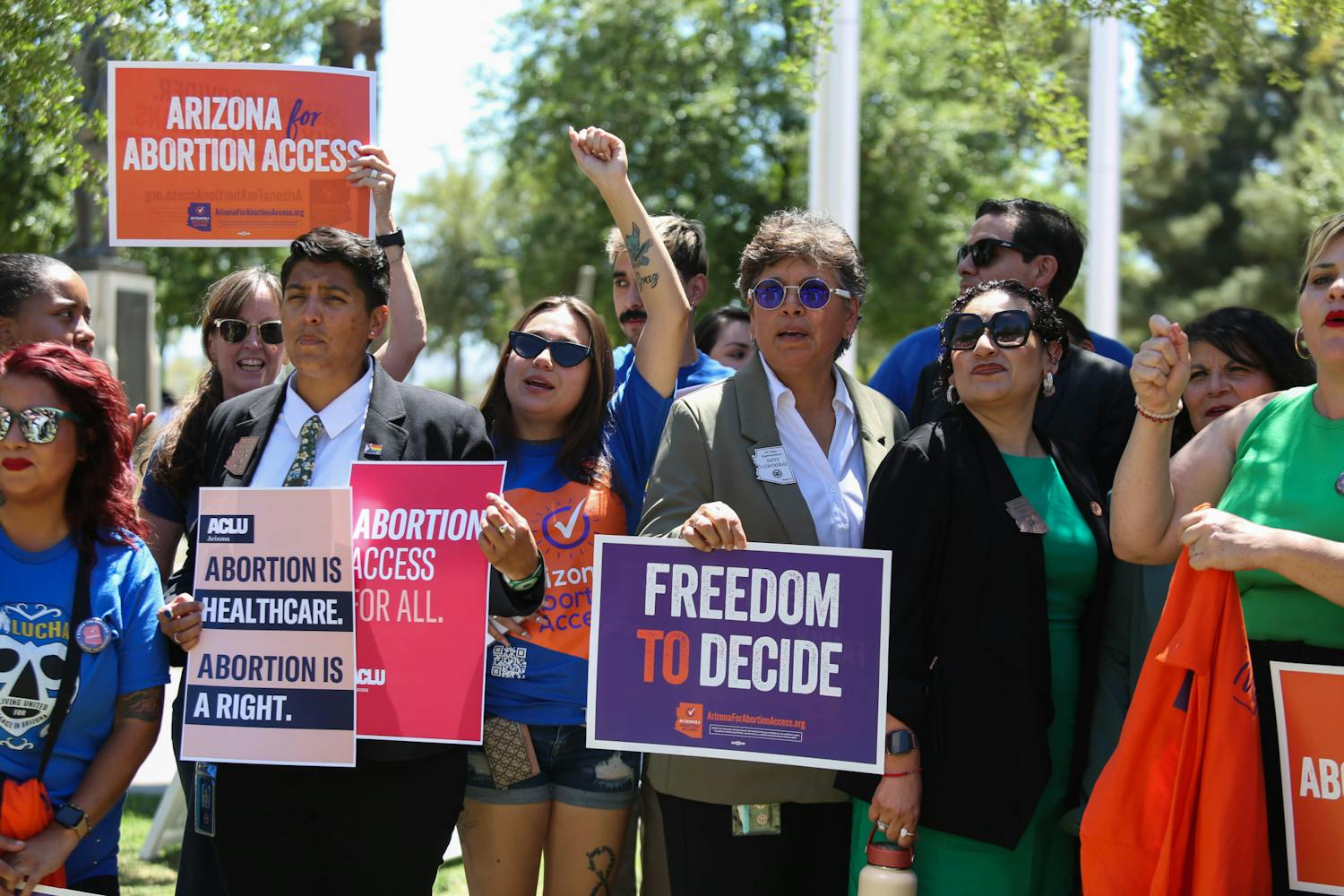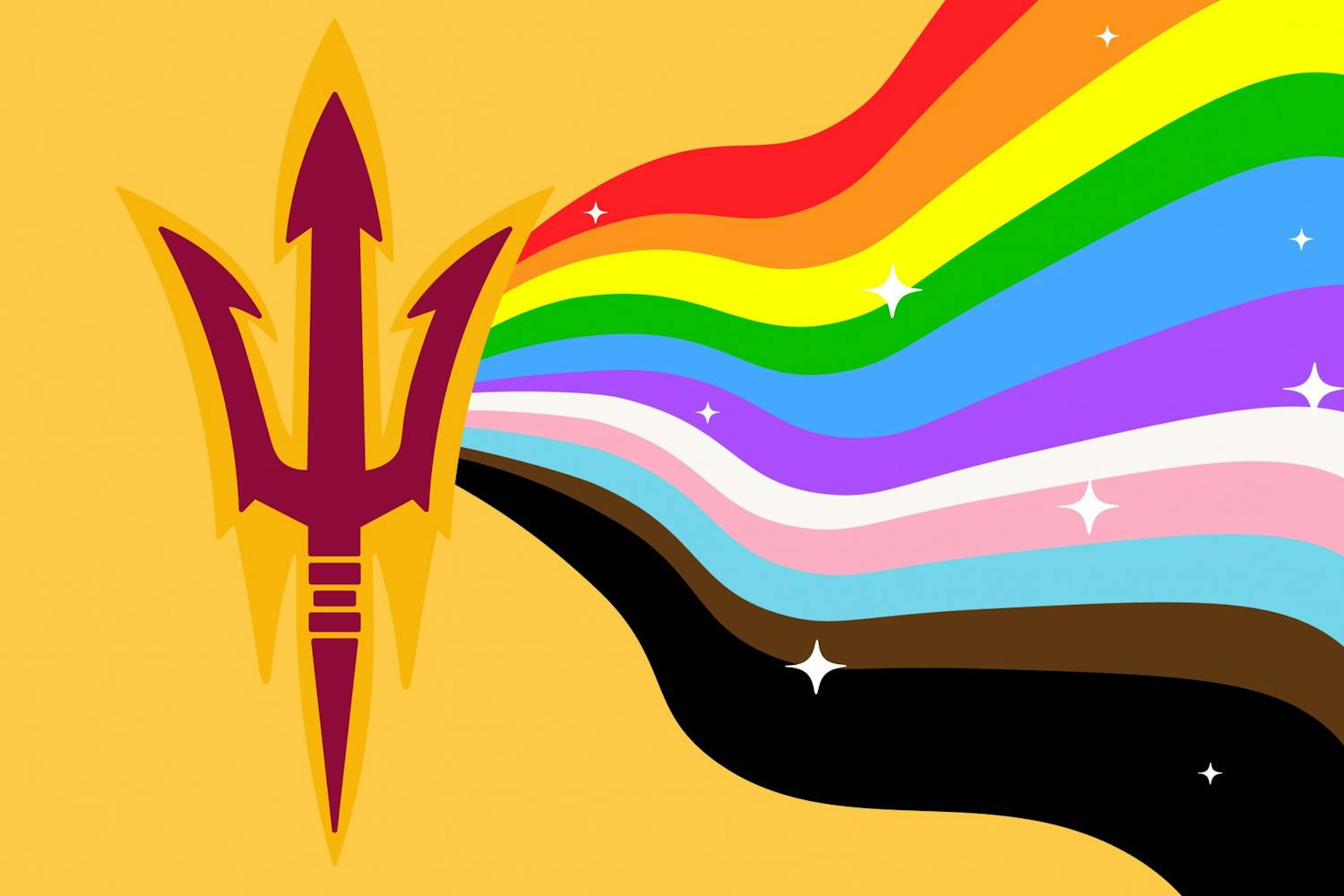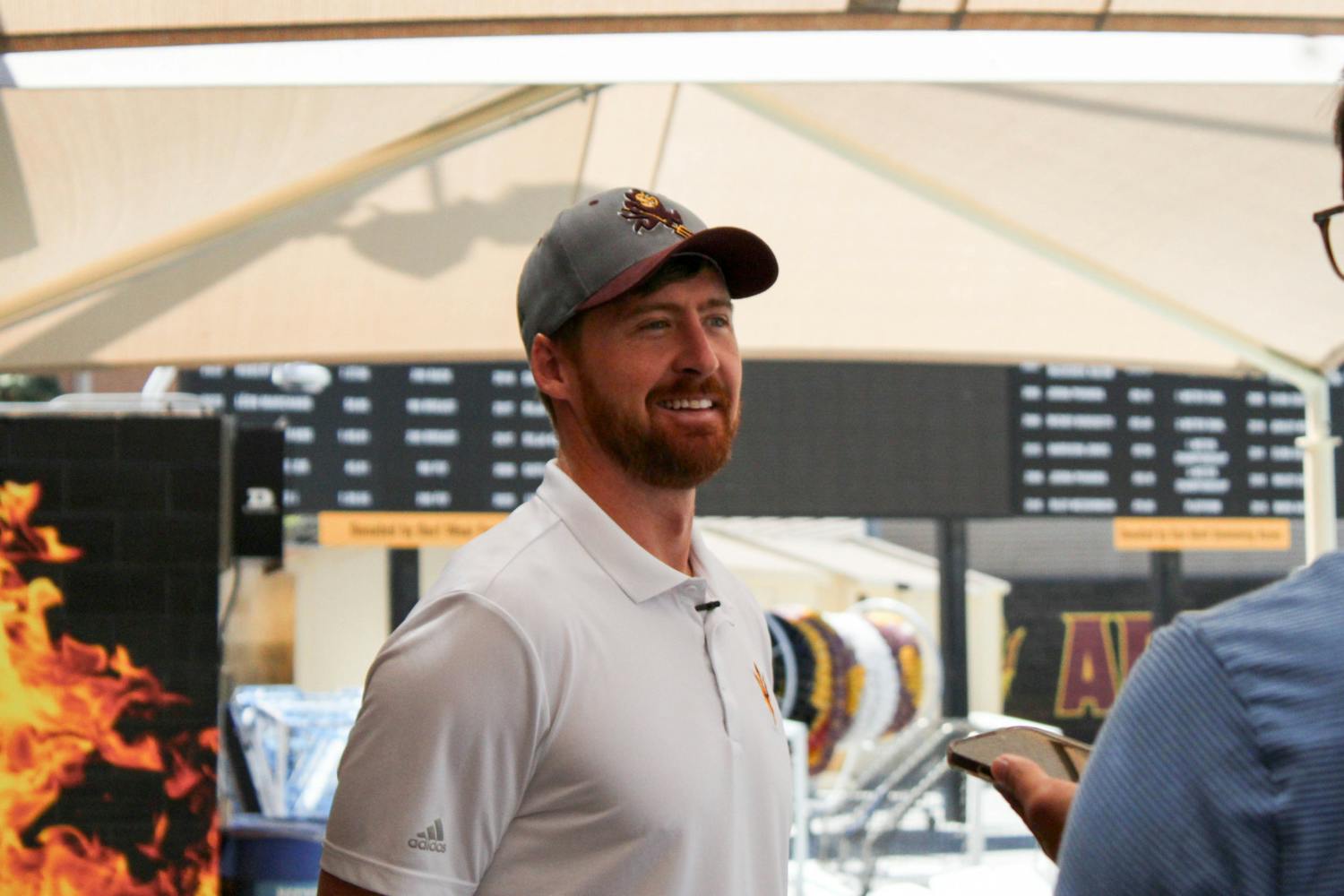Warsaw, Poland—Those who have trouble seeing the board in class may no longer have to worry.
ASU students David Hayden and Andrew Kelley created a device that helps those with low vision see a professor’s lecture more clearly.
Their creation received first place in the Touch and Tablet Accessibility category at the Microsoft-sponsored 2010 Imagine Cup held on July 8 in Warsaw, Poland.
Their project, the Note-Taker, is a portable assistive device made up of a tablet PC connected to a motorized camera with high optical zoom.
Users are presented with a split-screen view on the tablet’s display. One half of the screen displays live video of the lecture while the other half contains a digital notepad where the student can take handwritten or typed notes for class.
A student can follow a lecture by aiming and zooming the camera through gestures, such as tapping and dragging, applied directly to the video screen, allowing the student to quickly switch between viewing lecture material and taking notes.
The inspiration for this project came from Hayden, a graduate student who is legally blind. He had used other assistive technologies and found them not to be “sufficient for classroom note-taking,” Hayden said.
The Note-Taker project was started three years ago by Hayden, then an undergraduate, who was having difficulty with the pace of note-taking in his classes. After six months of research and development, the first Note-Taker was completed.
“I’ve personally used it in classes for the last five semesters,” Hayden said.
The first designed Note-Taker served as the prototype that was used by Hayden and another visually impaired student for more than 300 hours. Their feedback provided informed design decisions for the second generation Note-Taker.
The second and third generation prototypes are credited to a team led by Hayden and mentor John Black at ASU’s Center for Cognitive Ubiquitous Computing, or CUbiC.
Currently, a third generation Note-Taker is in development and will be distributed to visually impaired students later this year. Hayden hopes to transform this model into a commercial product.
In getting to the Imagine Cup, Team Note-Taker was up against 50 teams from around the world.
These 50 teams were then narrowed down to the top two who then advanced to the Imagine Cup.
There were competitors from 69 different countries competing at the Imagine Cup this year.
Kelley and Hayden won $8,000 and each received a tablet PC for winning first place.
They’re currently looking for visually impaired ASU students to test their newest version of the Note-Taker. Students interested can contact David Hayden at dshayden@asu.edu.
Reach the reporters at Tabitha.Peterson@asu.edu and Tom.Ziegman@asu.edu





